AO Edited
The Tower of St Mary's Church
The story behind this uniquely-shaped tower involves ancient empires, local legends, and new words.
The churches of England are an ever-changing reflection of their history. They may have been changed by the tide of time, repairs and restorations, or simply the, oftentimes quirky, whims of their rectors and parish.
During the late 18th century, the Church of St Mary, in the village of Burgh St Peter, was for all intents and purposes run by the Boycott family. The wealth of the Boycotts afforded them much influence in both the village and its church. It was this influence and wealth that meant that, when the church steeple was found in need of restoration, the project’s plans and price were in the hands of one Samuel Boycott.
And so, in 1793, Boycott began on the utterly unique church tower that now stands in Burgh St Peter. Like a cross between a wedding cake and a pyramid, the design of the steeple is said to have been the idea of Samuel’s son William, who was inspired by the Ziggurat temples of Mesopotamia.
Though the tower’s resemblance to the Iraqi temples is undeniable, there are those who claim instead that the design is in fact a symbolic stairway to heaven. Furthermore, and with more tongue in cheek, some locals have been known to inform gullible visitors of the segmented steeple’s ability to expand and contract, much like a telescope.
Despite their architectural legacy, the family name is more recognized for its eponymous word, “boycott.” The Boycott name became tied to this form of protest when, during Ireland’s Great Famine, Charles Boycott tried to raise rents on farmers as a Land Agent in County Mayo. In response, the community refused all transactions and interactions with him, refusing to sell goods to, work for, or even look at him.

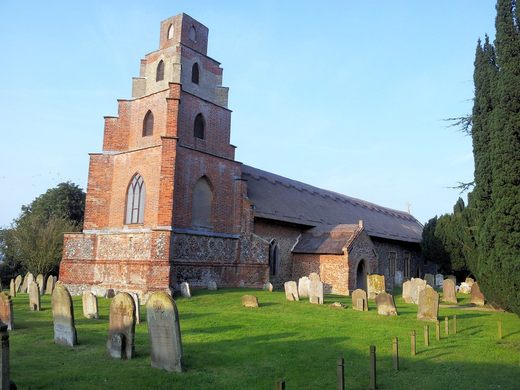
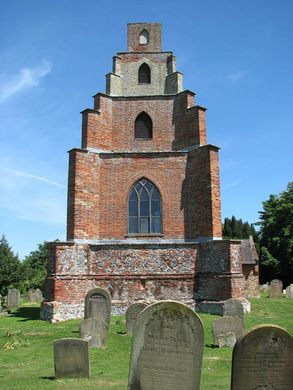
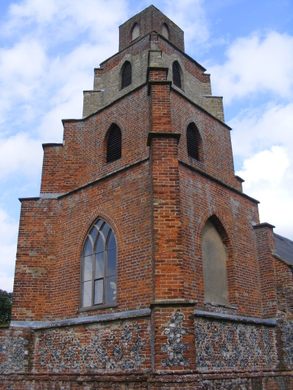



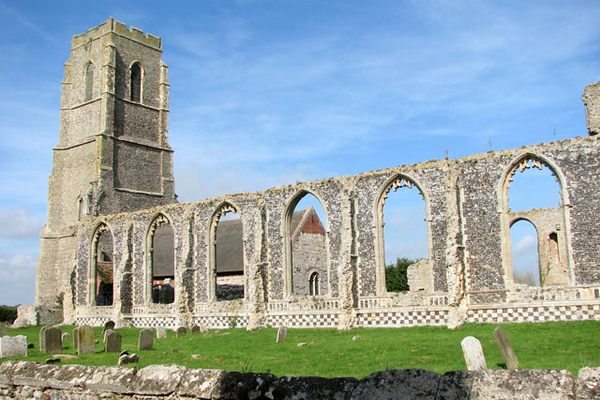





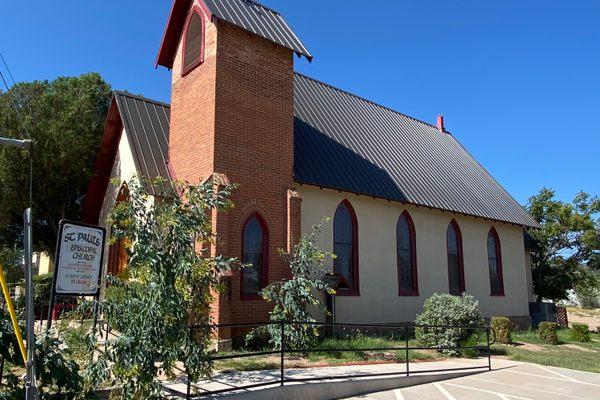

Follow us on Twitter to get the latest on the world's hidden wonders.
Like us on Facebook to get the latest on the world's hidden wonders.
Follow us on Twitter Like us on Facebook